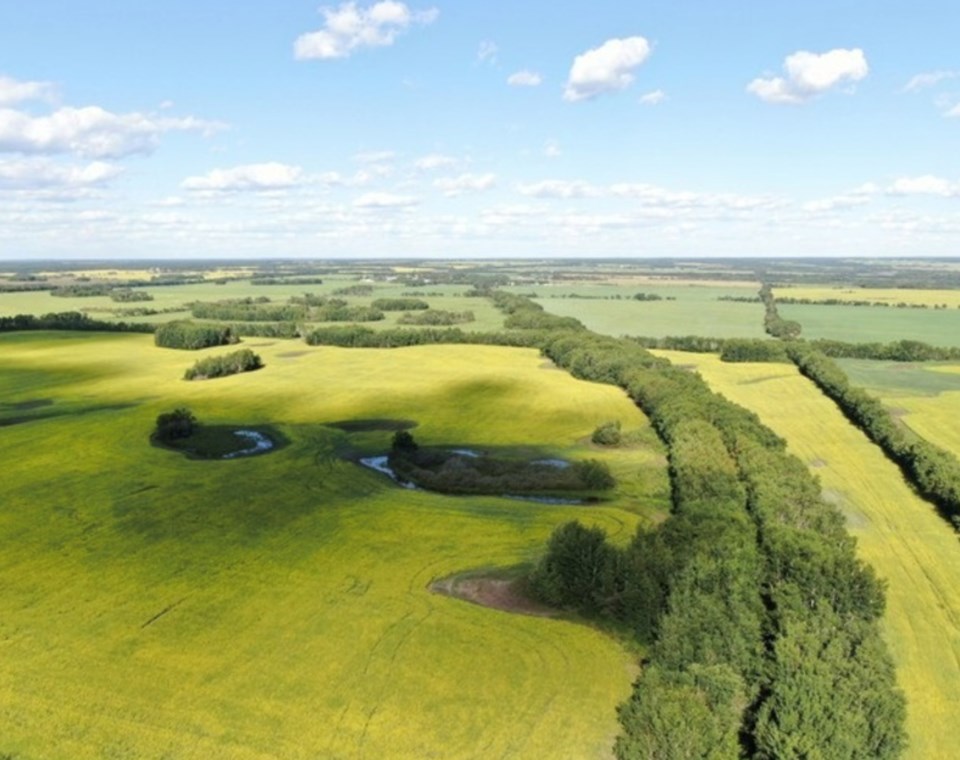Nailing down the land rental rates in a particular part of the Prairies is not easy.
The governments of Saskatchewan and Alberta used to publish surveys on land leasing in the two provinces. The last time that happened was 2019, so rental rates in those publications are out of date and under-valued.
For instance, in Red Deer County in central Alberta, the survey found that cropland leasing rates were around $75 per acre.
Renting that same farmland could be 40 to 50 per cent more expensive in 2025, but it’s difficult to even make a guess because land rents are a “dark market,” said Darren Bond, a farm management specialist with Manitoba Agriculture.
“We do have some rules of thumb, but it’s all dependent on the area,” he told Country Guide in 2024.
“That’s one of the reasons why there’s so much attention and focus on this — just because it’s hard to know these things.”
One rule of thumb is rent versus land values. In a report published last year, Farm Credit Canada found that the ratio of farmland value to rent is around 2.5 per cent.
That percentage varies by province, but it’s a rough gauge to understand if farmland rents are pricey or cheap. If the average cropland value in a region is $4,000 per acre, then a reasonable rent could be $100 per acre.
Land values exploded in many parts of the Prairies from 2020 to 2024. The Historic FCC Land Values report shows that Saskatchewan farmland prices increased 41 per cent from 2020-23. In northeastern Saskatchewan, cropland increased 10, 15 or 20 per cent every year.
For a while, in 2022 and parts of 2023, renting was possibly a bargain compared to buying farmland in certain regions.
“At this point in time, from my conversations … that they (rental rates) have now caught up,” said Bond, who spoke with landlords from across Manitoba last fall.
“Many landlords know of the good (financial) times that producers have been through and that’s now reflected in land rents.”
Land rental rates could be important in 2025 as grain producers deal with lower grain prices and relatively high input costs.
Using canola as an example, the operating costs of growing canola is around $418 per acre, Manitoba Agriculture says in its 2025 cost of production guide:
If rent is $110 per acre, the cost (not including machinery or labour) rises to $528 per acre.
Assuming canola is $13.50 per bushel, 39 bu. per acre is the break-even yield for growing canola on that rented land.
A favourable rental agreement could be the difference this year in a profit or loss, thanks to a $25 per acre discount on rent from an uncle or long-time neighbour.



